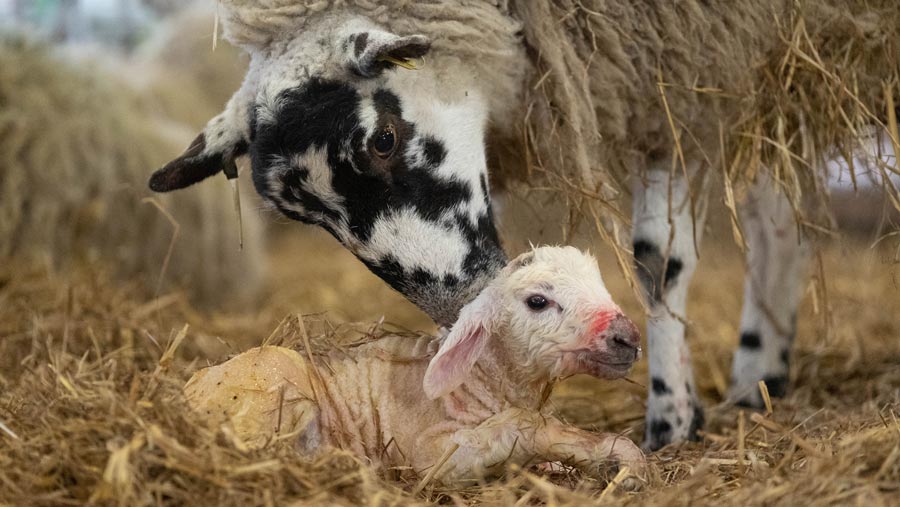Vets warn of watery mouth antibiotic shortage
 © Tim Scrivener
© Tim Scrivener Sheep farmers have been urged to step up watery mouth prevention measures after vets warned a vital antimicrobial treatment could be hit by shortages in 2022.
Watery mouth is a serious bacterial disease in newborn lambs caused by E coli.
Lambs are born with no immunity to the disease and the bacterium rapidly colonises the gut causing illness and mortality.
It is normally controlled by the antibiotic Spectam Scour Halt, which is the only licensed oral treatment in the UK, according to the Sheep Veterinary Society (SVS).
See also: 8 ways to prepare for a busy lambing season
The drug is one of very few that are still used prophylactically, and six million doses were sold to UK flocks last year.
But the SVS said it had been warned of limited supplies for the 2022 lambing season.
Control measures
The society set out alternative control measures in a letter to its members, including advice to pass on to farmers.
It stressed:
- Good ewe nutrition
- Correct body condition score
- Hygiene at lambing
- Hygiene in the lambing environment
- Colostrum supply to newborn lambs
(see panel below)
Plenty of commercial flocks with good ewe nutrition, hygiene and colostrum management have shown that prophylactic antibiotics are not essential, the SVS said.
Good management and planning to ensure appropriate colostrum supply are key to reducing the risk of disease, it added.
It also encouraged farmers and vets to discuss control measures ahead of lambing time, ideally at mid-pregnancy.
Ewe nutrition and disease control measures should be discussed at this time to give sufficient time to assess and implement new actions, the SVS said.
How to cut watery mouth risks
Colostrum management
Newborn lambs require 10% of their body weight in colostrum within the first 24 hours of life to provide immunity. Twin and triplet lambs are most likely to suffer from a lack of colostrum and may need supplementing.
Hygiene environment
Keep straw dry in all pens. Watery mouth often emerges in late lambing when wet, dirty bedding allows bacteria to multiply. It is essential to ensure equipment is clean and disinfected. Use separate tubes for already infected lambs and healthy lambs.
Hygiene at lambing
Mothering-up pens should be mucked out and disinfected between each ewe, with cleansing removed from the lambing pens.
Ewe body condition score and nutrition
This is key to colostrum production and quality, lamb vigour and reduced difficulties at lambing. Scores should be addressed well ahead of lambing.
Isolate sick lambs
Provide a pen for sick lambs and the ewe, which is away from the healthy flock.
